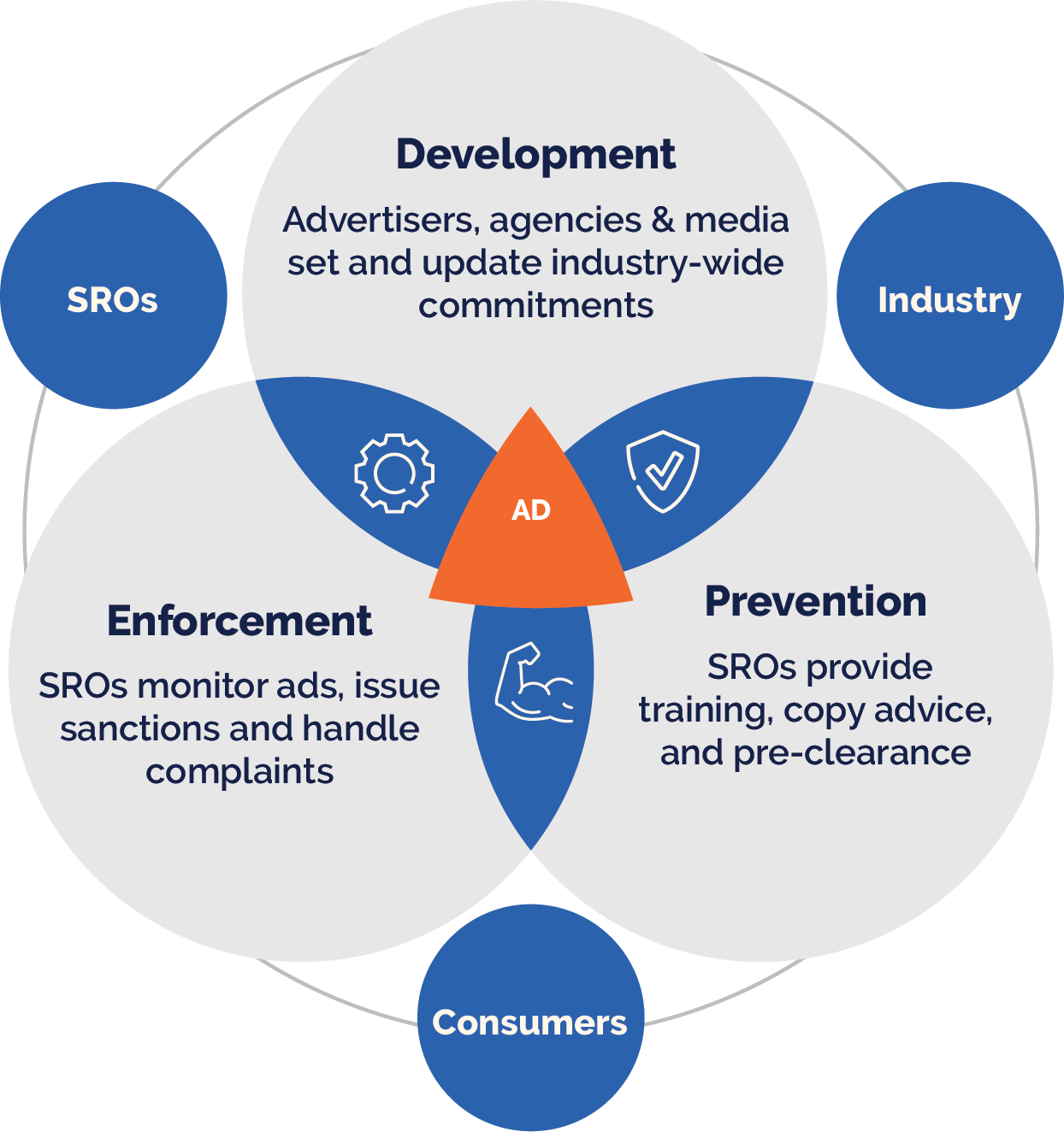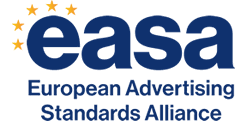The Benefits
Advertising self-regulation works best within a regulatory framework and has numerous advantages both for consumers and advertisers as well as regulators.
For Consumers:
Protecting consumers: Advertising is a vital element of the economy by informing consumers of the different products and services available. Effective advertising self-regulation helps ensure that this advertising is responsible and can be trusted.
Consumers can voice concerns: It also provides an additional layer of consumer protection, especially in areas such as the taste and decency of an ad. Through this system, the consumer can complain quickly, at no cost, and the advertiser must demonstrate that its advertisement did not breach the code, rather than the complainant proving that it did.
For the Advertising Industry:
Maintain consumer trust and brand reputation: Consumer trust in a brand is crucial to corporate success, which is why brand reputation is extremely important. Advertising self-regulation, through the promotion of responsible advertising, helps build consumer trust in brands, which in turn builds brand loyalty, increases sales, and strengthens market share.
For Regulators:
Ad standards complementing regulation: Advertising standards are designed to complement regulation. The costs of developing, implementing and enforcing ad standards are carried by the local ad ecosystem.
You can find more information in EASA’s leaflet.
The benefits of advertising self-regulation in ensuring responsible and compliant advertising: ICC’s tool kit.
The Codes
Advertising codes are designed by the local ad ecosystem in consultation with stakeholders. This makes sure they reflect the relevant cultural, business, legal and economic contexts. Codes are updated on a regular basis to make sure that ad standards respond to any new developments in ways and means of advertising.
The foundations of all Ad Standards Codes are based on the principles that:
- Advertising is legal, decent, honest and truthful;
- Ads are prepared with a due sense of social responsibility;
- Ads conform to the principles of fair competition;
- Ads don’t impair public confidence in advertising.
Depending on national sensibilities and the maturity of the self-regulatory organisation, codes might go into detail on issues such as advertising and children, advertising and the environment, advertising of particular products – like alcohol, food or cosmetics -, or a type of advertising across different media – for example digital.
A good reference point is the International Chamber of Commerce (ICC) Consolidated Code of Advertising and Marketing Communications Practice. The ICC code is used as a baseline for many national codes.
The Regulatory Framework
Ad Standards are designed to complement legislation and are well suited to cover issues like harm and offence that can be hard to legislate.
Ad standards do not replace the law – we like to say that they work best in a more general legal framework and that ad self-regulation is there to deal with the detail.
The diagram above illustrates the relationship between the general legal framework, the national code, sectoral commitments, and finally, the company’s Corporate Social Responsibility.

The Systems and Procedures
The advertising industry, composed of advertisers, agencies and the media, agree on a code in consultation with stakeholders, and set up an independent self-regulatory body which then administers the code.
The code making body is made up of the constituent parts of the industry responsible for agreeing on the initial code and then making sure it is up to date.
The application of the code is usually overseen by the permanent secretariat of the self-regulatory organisation. Before the publication of an ad, this takes the form of copy advice or pre-clearance. The secretariat is also responsible for determining whether complaints are of substance in relation to the code.
An independent and impartial jury is responsible for interpreting the code, once a complaint regarding an ad has been filed by either the general public or competitors.
The jury is responsible for deciding on sanctions. These include amendment or withdrawal of an ad (a very costly process for the advertisers), publication of decisions (which generates adverse publicity for advertisers – we also call it “name and shame”), compulsory pre-clearance for advertisers who frequently breach the rules, expulsion from trade organisations, and in extreme cases referral to the relevant authorities.

Because the industry have a stake in the system, we generally find that they will comply with the sanctions. In cases where they don’t, the self-regulatory organisation will ask the media to stop running the ad.
It is considered best practice to have an appeals procedure in place to facilitate the due process. Ideally, the appeals jury should be composed of different people to those who sat on the jury when the case was first heard.
EASA Digital Blue Book is the ultimate guide on advertising self-regulation and has been designed with greater emphasis on the needs and interests of advertising practitioners, as well as providing a valuable information source for policymakers, advisers, researchers and academics.
EASA’s Bluebook can be found here.
The Remit
Advertising standards are applicable to all forms of marketing communications.
This includes traditional media like print, radio, TV and outdoor, as well as new forms of advertising like digital or mobile advertising.
EASA includes 14 industry associations within its membership, representing the tripartite structure of the advertising ecosystem (advertisers, agencies and media). By including the people who are involved in the buying, creating and displaying of ads we help to ensure that advertising standards are as relevant as possible, and upheld by all.
Advertising standards are designed to be as future proof as possible in order to keep track of new developments in technology, especially in the ever-changing digital landscape. As and when needed, EASA and its members develop guidance on how ad standards apply to new forms of technology.
With Online Behavioural Advertising, this even led to the creation of a new organisation – the European Interactive Digital Advertising Alliance – EDAA, which was set up to enhance transparency and user control for online behavioural advertising.








